-
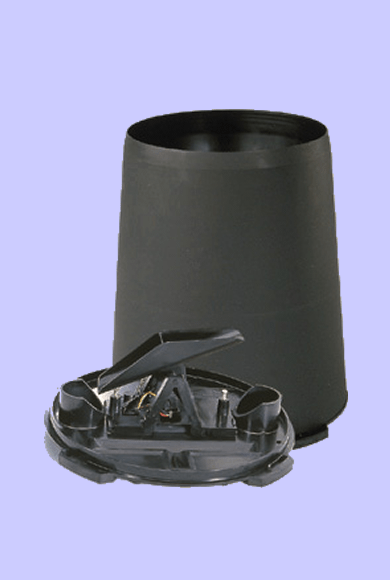
The Rain Gauge
Rainfall is measured by a tipping bucket rain collector.
Each time a small bucket in the collector is filled, it tips the water out and is replaced by an empty bucket.
Each bucket of the tipping bucket rain collector holds exactly 0.01" of rainfall. The instrument records the number of tips and calculates the amount of rainfall over a measured period of time.
- Rain
-
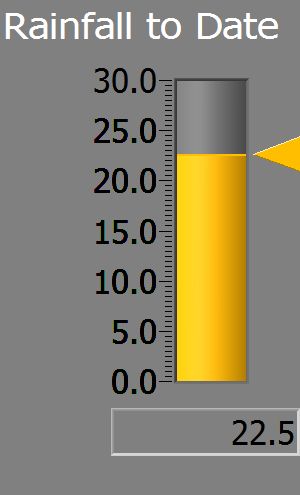
Rainfall to Date
For irrigation purposes, annual precipitation is often measured from September 1st to August 31st.
This annual cycle is attuned to the rainfall cycle of the Pacific Northwest where heavy rains begin in late September.
On average, Ashland receives 19.28" of rainfall per year. The minimum record was set in 1959 (10.22") and the maximum record occurred in 1983 (30.13").
Unit of measure = inches
- Rain
-
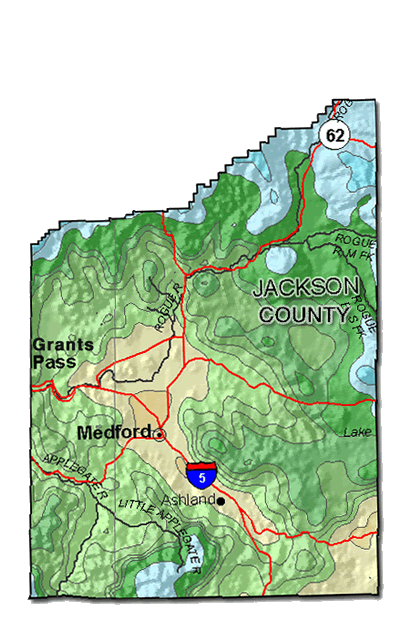
Annual Rainfall
Mean Annual Precipitation
Jackson County, Oregon
1971–200012–16 inches 16–20 inches 20–24 inches 24–28 inches 28–32 inches 32–35 inches 35–39 inches 39–45 inches 45–49 inches - Rain
-
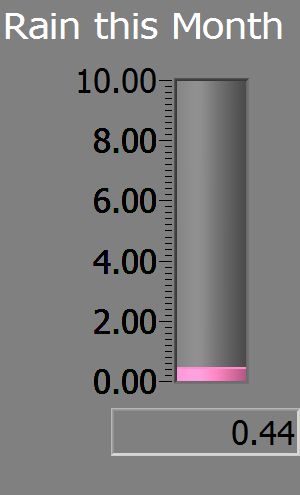
Rainfall This Month
Rainfall data is important, especially for agricultural reasons in order to know when or if supplemental irrigation is needed.
In Ashland, the months of June through September each receive less than an inch of rain on average.
A record amount of monthly rain (8.37") fell in Ashland in December 1995.
From NCDC 1971 - 2000
Unit of measure = inches
- Rain
-
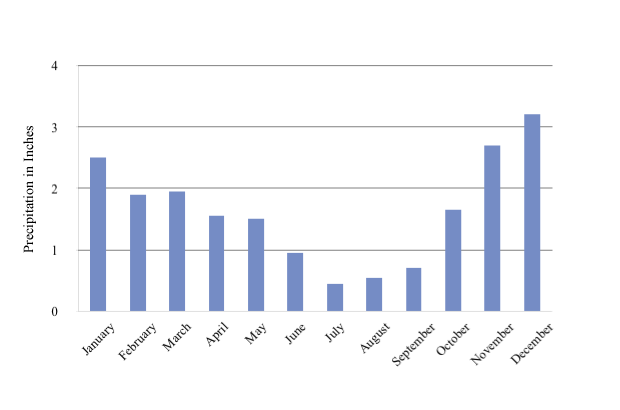
Rain Totals by Month
Average Total Monthly Precipitation
Ashland, Oregon
Period of record:
7/1/1948 - 12/31/2005 - Rain
-
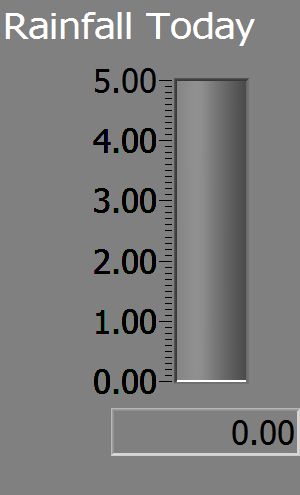
Rainfall Today
A day of rain is measured between midnight and midnight.
Snowfall is measured as it melts to water. Ten inches of snow is equal to approximately one inch of rain.
In this region, anything over 5" of moisture in a 24-hour period could be record setting.
Unit of measure = inches
- Rain
-
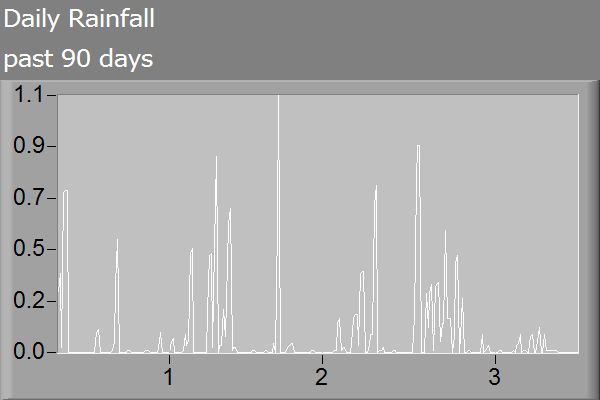
Daily Rainfall
In an average year, Ashland has 106 days of measurable precipitation.
By comparison, Portland has 151 days of measurable precipitation; Sacramento has 63.
Unit of measure = inches;
x axis is the month of the year - Rain
-
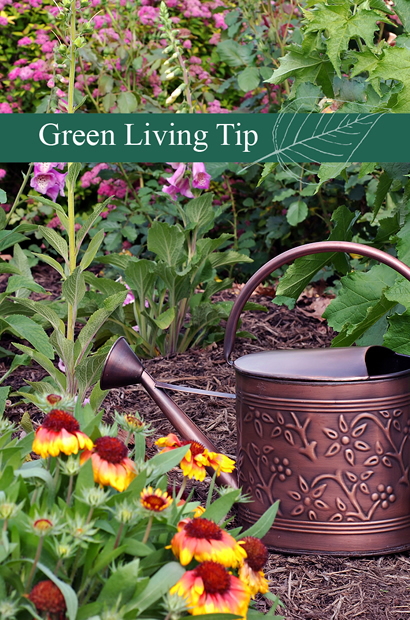
Green Living Tip
During the summer, very little rain falls in our valley. Fortunately, southern Oregon is home to many beautiful drought-tolerant native plants. Every one of these plants you add to your yard can help you reduce your water bill.
Here are more tips for stretching your irrigation dollars:
- Mulch your plants to keep the soil moist.
- Supplement your irrigation with a rain catchment system.
- Rain
-
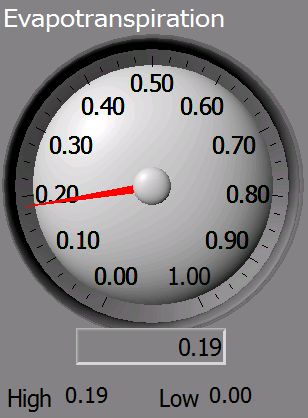
ET Today
Evapotranspiration (ET) is the combined effect of evaporation from the soil and transpiration from plant leaves. The amount of water your garden requires should equal the ET value.
To save money on your irrigation bill and help conserve water, check the ET value to avoid over-watering, or purchase an ET Manager for your irrigation system.
www.rainbird.com (search ET Manager)
Unit of measure = inches
